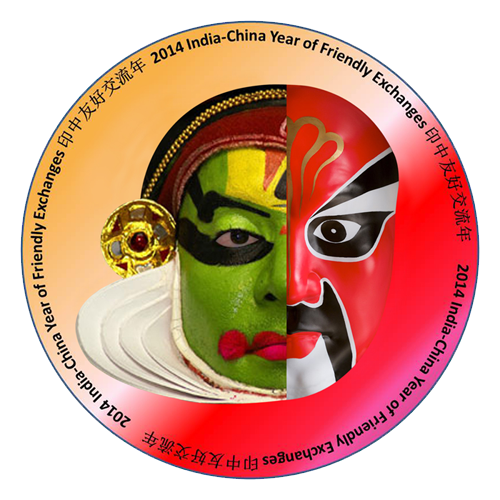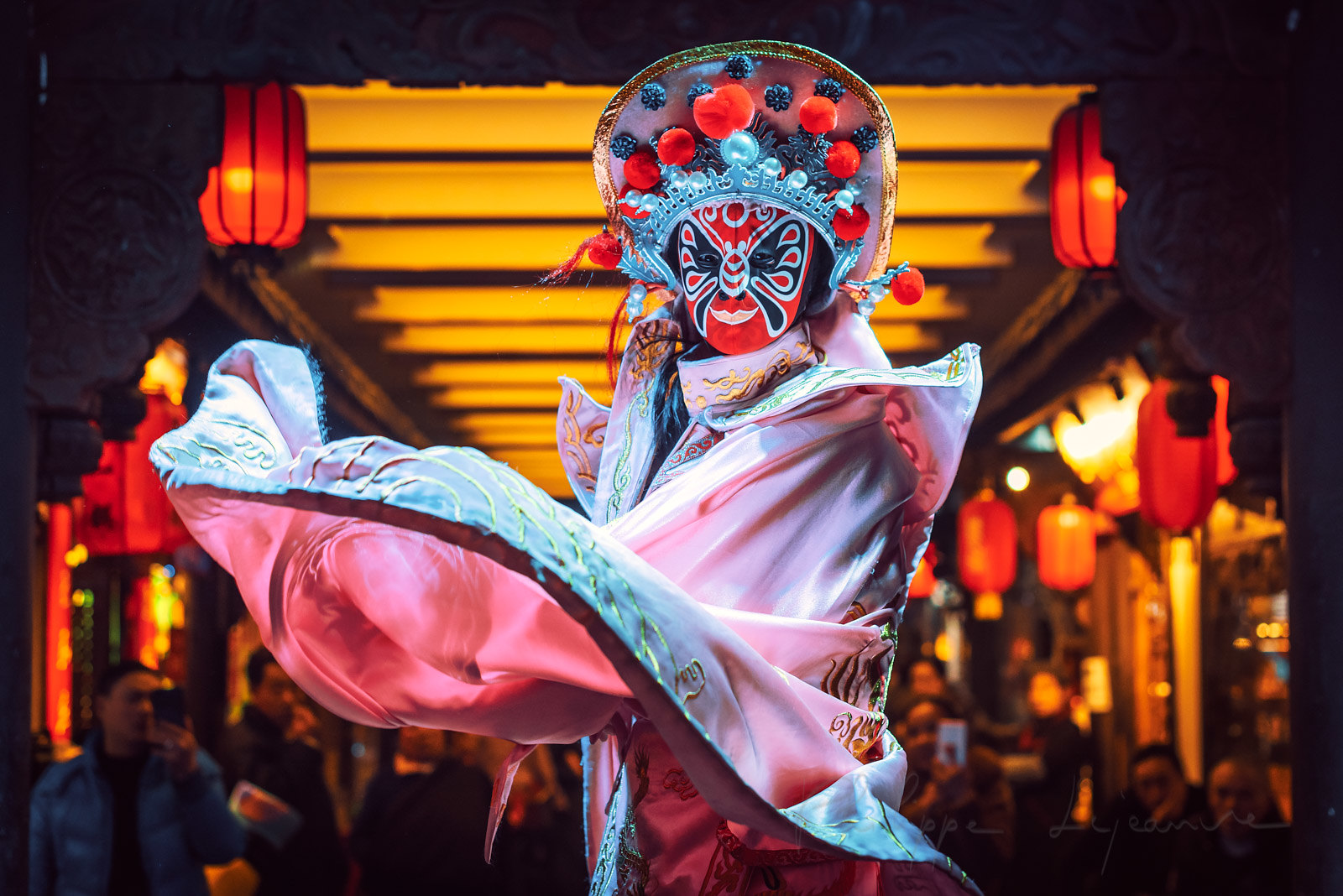
Ever wondered who invernted the Pinyin system to write chinese characters in latin alphabet !
Mr. Zhou Youguang, a visionary from China, forever changed the way the world interacts with the Chinese language. Known as the Father of Pinyin, he introduced a simplified way of reading and writing Chinese using the Latin alphabet. This groundbreaking system, created in 1958, not only made Chinese more accessible to foreign learners but also significantly boosted literacy rates within China.
Born on January 13, 1906, in Changzhou, Jiangsu Province, China, Zhou Youguang’s early life was shaped by his passion for economics and linguistics. His birth name was Youping, but in adulthood, he adopted the pen name Youguang, which means “bringing light to the world” in Chinese. After graduating from St. John’s University in Shanghai in 1927, he continued his studies in Japan and later worked internationally in finance, including a stint in New York City and London. However, it was in 1949, when Zhou returned to China, that his path took a turn that would impact millions.
In 1955, Premier Zhou Enlai invited Zhou Youguang to Beijing to lead the reform of the Chinese language. Over the next three years, Zhou Youguang and his team developed the Pinyin system, a phonetic guide to Chinese pronunciation that has since revolutionized language learning in China and abroad. Before Pinyin, learning Chinese characters was an arduous process, especially for foreigners. Pinyin provided a bridge, using familiar Latin letters to represent Chinese sounds, making it easier for people worldwide to learn and engage with Chinese culture.
Pinyin’s impact went beyond language learning for travelers. It played a crucial role in improving literacy in China, helping millions to read and write. In the 1980s, Zhou Youguang further contributed to education by overseeing the Chinese translation of the Encyclopedia Britannica, earning him the nickname “Encyclopedia Zhou.”
China is home to 56 ethnic groups, each with its dialect, making communication across regions challenging. Mandarin, or Pǔtōnghuà, is the official language, but its pronunciation varies across dialects. Pinyin helped unify these dialects by providing a standardized way to write and pronounce Mandarin, regardless of regional differences. While traditional Chinese writing, a logographic script developed over two thousand years ago, remains integral to Chinese culture, Pinyin has become a vital tool for modern communication, especially in typing and digital communication.
There are basic 7 widely used words that refer to Chinese, which a foreigner comes across whenever he/she visits China.
1. 中文 zhōng wén: refer to both spoken and written Chinese. This should be the word we should use whenever referring to learning Chinese.
2. 普通话 pǔ tōng huà – or Mandarin Chinese- It is the official language of China, Pu-tong-Hua is the formal way of referring to Mandarin Chinese. it is the most common and widely used language in China.
3. 汉语 han yǔ – the language of Han. There are 56 ethnic groups in China. 90% of the Chinese peoples are the Han ethnic group. Hanyu refers to Mandarin Chinese and Mandarin is the official language of China. Zhongwen and Putonghua have become the words commonly used by Chinese peoples to refer to Mandarin Chinese. ( Hanyu has become outdated) .
4. 国语 guó yǔ – National language -People from Taiwan and Hong Kong refer to their official national language of China the “Mandarin Chinese” as “Guoyu”.
5. 华文 huá wén -Chinese text. People from Malaysia and Singapore refer to written Chinese as Hua wen.
6. 华语 huá yǔ – Chinese language. People from Malaysia and Singapore refer to the spoken Mandarin Chinese as Huayu.
7. PinYin – “Pin Yin” literally translates into “spell sound” and in laymen’s words, it means to spell out Chinese phrases with letters from the English alphabet. Mandarin refers to the whole Chinese language dialect and is the standard dialect for Chinese. Pinyin is the use of English alphabets to the pronunciation of Chinese.
Today, Pinyin is the first step in language education for both Chinese children and foreign students. It is a cornerstone of Chinese language learning, bridging the gap between the rich history of Chinese characters and the practical needs of a globalized world. It’s a system that has stood the test of time, continuing to serve as the most widely used method for learning and teaching Chinese worldwide.
In daily life, Pinyin is indispensable for typing on computers and smartphones, making it an essential part of modern communication. Officially adopted by China on February 11, 1958, and recognized by the United Nations in 1986, Pinyin remains the easiest and most effective way to learn Chinese, especially for those new to the language.
Zhou Youguang’s legacy lives on in every interaction that involves the Chinese language. Through Pinyin, he opened the door to Chinese culture, making it more accessible to the world and helping countless individuals achieve literacy. His work continues to illuminate the path for learners worldwide, truly bringing light to the world.
- Zhou Youguang, Who Made Writing Chinese as Simple as ABC-By Margalit Fox, Jan. 14, 2017 https://www.nytimes.com/2017/01/14/world/asia/zhou-youguang-who-made-writing-chinese-as-simple-as-abc-dies-at-111.html
-#ZhouYouguang #Pinyin #ChineseLanguage #Mandarin #LanguageReform #Literacy #ChineseCulture #LanguageLearning #ChinaHistory #Linguistics #CulturalExchange #GlobalEducation #ChinesePhonetics #LanguageAccessibility #ModernChina



